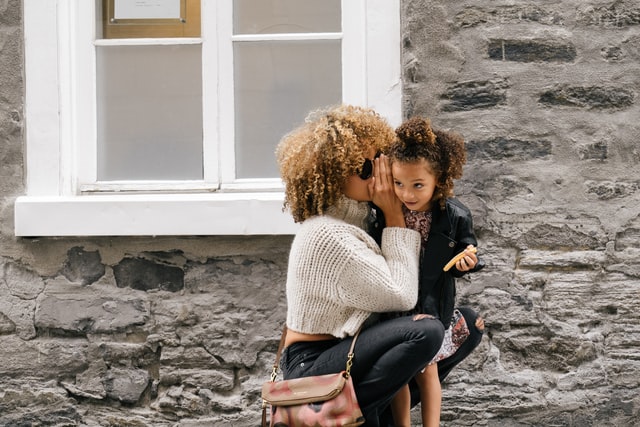How to talk to a baby? Most babies say their first words around the time they are one year old, but they begin talking much earlier. Babies learn through play, observation, and interactions with parents and caregivers, and this information becomes the foundation of baby talk. You don’t need to teach your baby to talk, but if you want to help him or her learn how to say words, try talking to him or her. Here are some tips to help you start talking to your baby:
Imitating a baby’s vocalizations
The question of whether human adults are able to imitate an infant’s vocalizations when talking to tummy-time babies has long puzzled researchers. The answer may lie in how human adults perceive infant vocal imitation. This study explored infant imitators’ rate of vocal imitation, using paired parent-infant vocalizations. Afterward, the authors asked the listeners to rate the level of imitation by using their own natural intuitions about the infant vocalization.
Most children first imitate a baby’s name when they are around one year old, but some may begin early or later. If your child is young enough to imitate your name, start with simple words such as “baby.” Remember that repetition is key in language learning, so keep modelling the same word or phrase over. Most children will need to hear the word several times, often over days or even months.
Using Parentese
One way to boost your child’s language learning is to use parentese. Parentese is a common language used by parents. This simple language involves back-and-forth interactions between you and your baby. Using parentese has many advantages, including the ability to help your child learn new words and improve your social interaction skills. This is particularly useful for babies who are still learning to speak.
When you speak to your baby in “parentese” (a language developed by Patricia Kuhl, a researcher at the University of Washington) you are enacting the same motor planning strategies that you used when you spoke. In fact, noninvasive brain scans show that your baby’s language center lights up when you speak in parentese. This suggests that even before your baby begins to say his or her first word, he or she is already rehearsing the movements needed to produce speech.
Singing songs and rhymes
Singing to your baby has many benefits. It improves communication, boosts attention span and concentration, and teaches your baby how to listen. It’s as effective as reading a book or introducing new sounds. The repetition of lyrics in children’s songs also boosts language development. You can choose songs that are appropriate for your baby’s stage of development. Your baby’s reaction to a song may include body movements, increased smiles, or new sounds.
Nursery rhymes are great tools for developing language and communication skills. By using props and playing musical instruments, you can make learning fun for your child. This is crucial as younger children will only sit for short periods of time. By making learning fun, you will engage your child’s interest and keep them engaged. In addition to singing nursery rhymes, fingerplays are also excellent tools for increasing vocabulary and increasing understanding.
Using written language
Using written language to talk to a young baby is not only helpful, but also encourages language development. As babies learn through experience, it is crucial to use words to put actions and reactions into words. Asking them questions, repeating what you think they may say, and pausing can all help them recognize key words and phrases. As you use written language to speak to a baby, make sure to avoid talking in a rushed, test-like tone.
Babies are highly responsive to facial expressions, and responding to words and gestures. They begin to recognize words as well as associations with meanings. For example, a baby will often coo when held near the caregiver, and they will also respond to rhymes and comparison words. If you’d like to try using written language, you can try games such as Simon Says with your baby or older toddler. Encourage pretend play, but only if you’re confident you can answer why.

